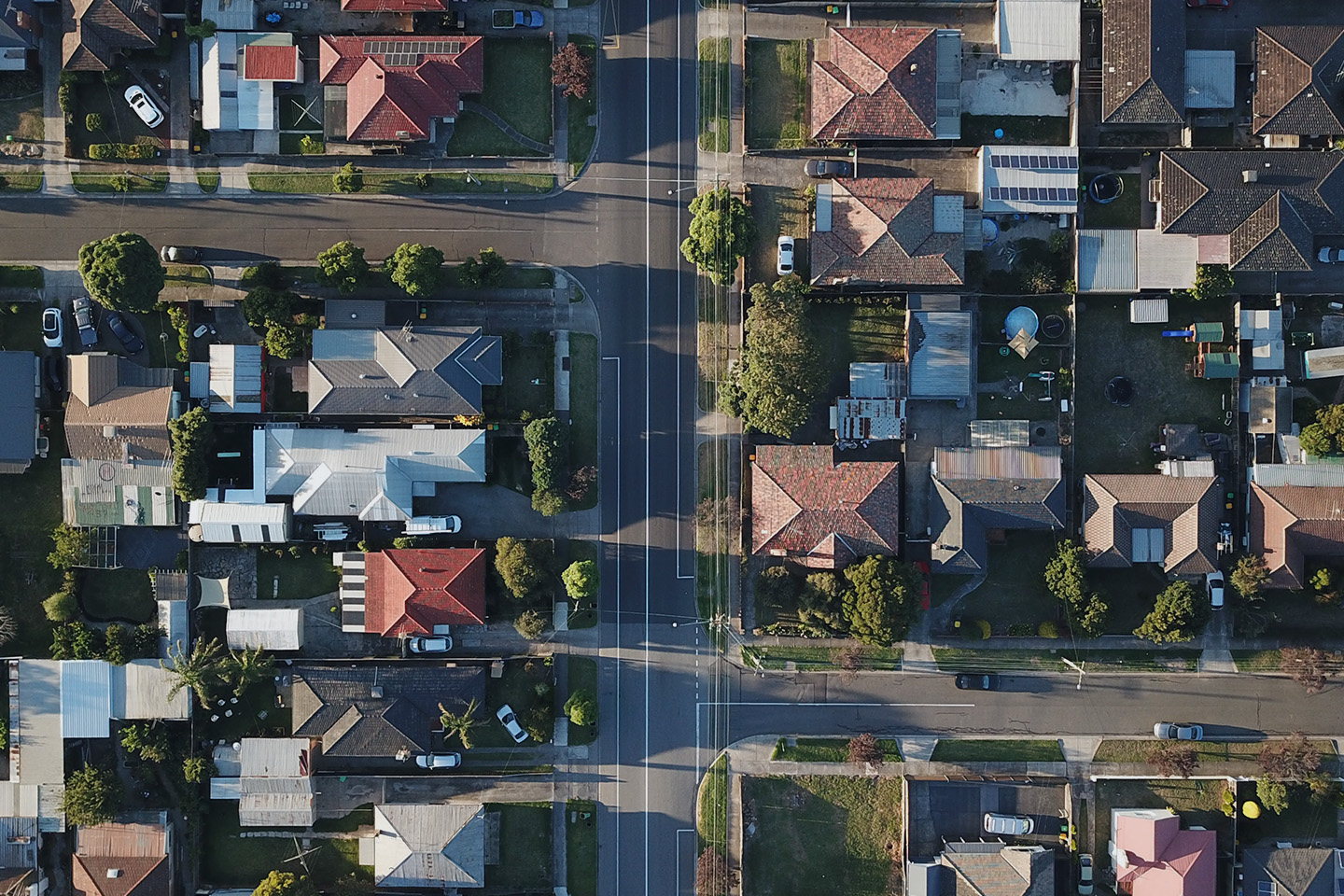Get the best returns for your investment property in 2021
The Australian rental market is in a state of flux. In some areas, landlords are reaping the rewards of a supply shortage, while in other areas, owners are finding it difficult to fill vacancies.
While property is a long-term game, investors should be prepared to act and adapt to the constantly changing market conditions in order to stay head financially. We spoke to the experts at Ray White to get their essential tips for landlords to drive rental returns in 2021.
Advantage landlord
While many landlords felt the early sting of the pandemic's economic impact, rental markets in Queensland, Western Australia, South Australia, Tasmania, Northern Territory and the Australian Capital Territory have proven to be very robust over the past 12 months.
According to Kirrilli Cobley, Ray White Property Management Business Development Manager, markets across Queensland are experiencing their lowest vacancy rates in over a decade.
"The level of enquiry and volume of applications per property is surpassing anything that our network has seen in circa 10 years," said Ms Cobley.
A similar circumstance is playing out in Perth, with the uptake of leasing faster than any other state, taking an average of just 19 days to lease a property. According to REIWA data, the rental vacancy rate in Perth has dropped from 2.2 per cent in March to 0.9 per cent at the end of September.
The market in South Australia has proven resilient and continues to be a good option for investors. Anna Koch, Director of Property Management, said it was worthwhile finding higher quality tenants that can pay a premium and stay in the property for an extended period of time.
"We generally ask the tenant if there are any upgrades they would like at the property. By taking the time to do this, the tenant will feel valued and is likely to remain at the home for a longer term," said Ms Koch.
The rental market in Tasmania has also performed well, and vacancy rates have held steady. Data recorded from Hobart showed rent for a three-bedroom home increased 2.2 per cent to $450 per week compared to pre-COVID figures.
As the Northern Territory and the Australian Capital Territory have been able to better contain the pandemic compared to other states, their rental market has remained steadier, offering opportunities for investors both now and moving into the future.
Top tips for investors in thriving markets
- Before purchasing a property, look at local economic indicators like jobs growth, population growth, consumer confidence, and supply and demand for the area
- Be specific with your property agent around choosing quality tenants likely to stay for the long term over those who might offer slightly more rent
- Regularly research similar properties to ensure rent is suited to market conditions – and adjust prices as needed and where permissible
- Build up any savings from rent increases for future maintenance
- Take the time to stay across changes to your rights and responsibilities as a landlord
Taking control in a tenant's market
For some regions in Australia, COVID-19 has turned the rental market on its head.
As borders closed, migration paused and work from home orders were announced, Sydney landlords were first struck by the loss of students from the harbour city, then its professional base began to exit as well.
With a worrying number of rental properties continue to lay vacant, landlords have had to pull out the stops to attract an increasingly selective base of tenants.
"Tenants in Sydney's inner west and inner-city area now they have the power to demand better quality and service from their rental property," said Head of Property Management at Ray White, Melinda Fiori.
"Regular maintenance and upkeep of the property is key, including those extra considerations such as getting the air-conditioning serviced. Cosmetic updates can translate into rental dollars too, so now is the time to give your property the attention it deserves," says Ms Fiori.
In Melbourne, the country's longest lockdown periods translated into lost dollars for many landlords. CoreLogic data from September found gross rental yield across the state dropped from 3.7 per cent to 3.4 per cent year-on-year.
"Melburnians have a fresh outlook on life post-lockdown, and a greater appreciation for quality when it comes to calling a property ‘home'," says Melbourne-based Ray White Customer Care Specialist, Taylah Sofele.
"It's more important than ever to show a prospective tenant a lifestyle, rather than just a property. This means undertaking essential cosmetic updates such as a fresh coat of paint, showcasing outdoor living areas and spending the extra cash on professional photographs to make your property standout online," continues Ms Sofele.
Ms Sofele reminds landlords to stay on top of maintenance too, with heating and cooling of particular importance to those renting in Melbourne and its surrounds.
Top tips for securing maximum returns in a weak rental market
- Stay competitive by researching rental prices in your area. Better to ask for 80% of the original rental price than have the property lie empty – and you can always raise the rent when the market improves
- Sweeten the deal by offering a reduced rate for longer leases, or throw in a week or two of free rent
- Consider investing in sought-after amenities such as air-conditioning, NBN internet, and modern appliances
- Put the extra work into making your rental listing look appealing, including high-quality photos, a floorplan and a detailed description
- Run a health check on your landlord's insurance to ensure you're getting the best possible deal
- Work closely with your accountant to maximise all tax benefits and deductions
The opinions expressed in this article are the opinions of the author(s) and not necessarily those of State Custodians. The above is general commentary only and is not advice tailored to any individual's financial situation. We recommend seeking advice from a finance professional before implementing changes relating to your finances.



 Login
Login
